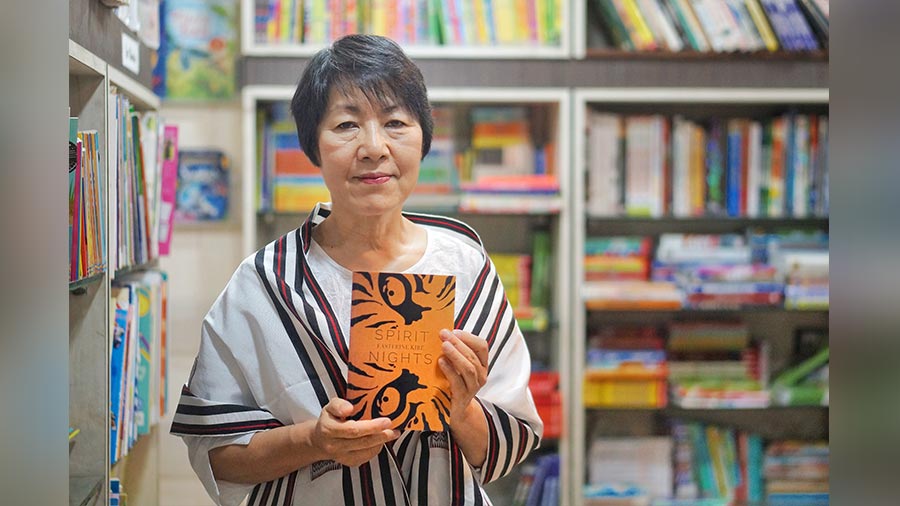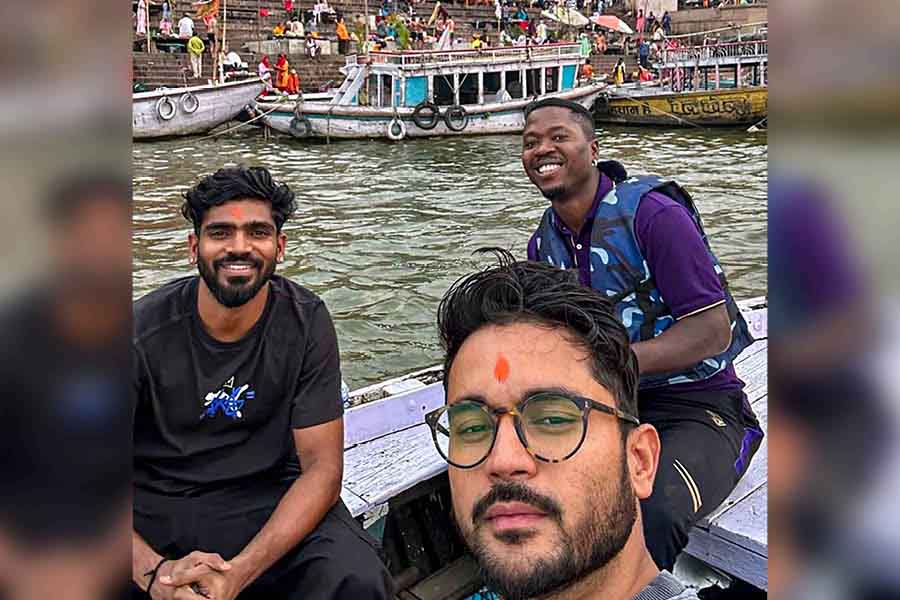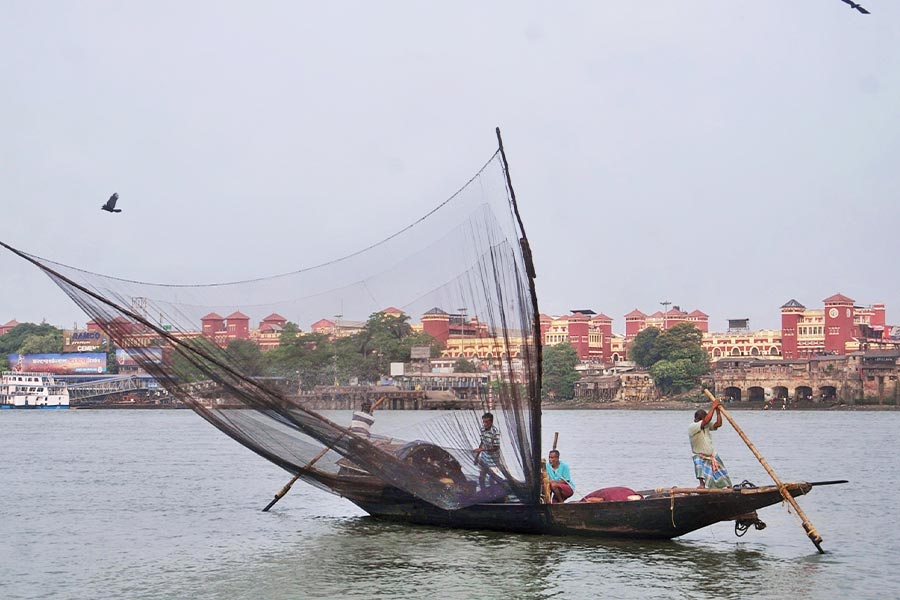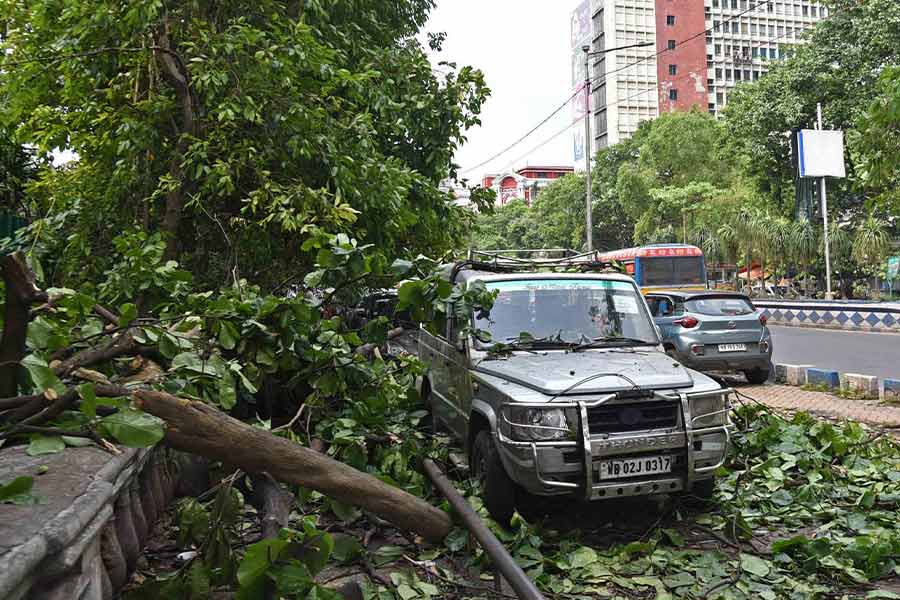Kanchana Banerjee has emerged as one of the foremost names in the thriller space in Indian publishing. She is the author of three books, all racy thrillers: A Forgotten Affair (2016), Nobody’s Child (2019) and Eye on You (2021). Nobody’s Child will soon be a web series on an OTT platform. Her latest novel, Until I Find You, recently published by Om Books, is an Indianised take on the People’s Temple mass suicide of an entire cult in the US in the 1970s. She speaks to My Kolkata about the book, writing thrillers in India and more.
My Kolkata: Tell us something about the process of writing Until I Find You — the origins, the development, the gestation. Any aspect in the research that stands out as a discovery?
Kanchana Banerjee: I enjoy reading about cold cases, true crime events and often surf the internet for such stories. I stumbled upon the information about the Jonestown massacre; Jim Jones, the cult leader; and People’s Temple, the cult he founded. As I read more, I became intrigued about the man, the people who joined his cult and finally died by suicide. I bought books about Jim Jones and his life. I also bought and read the book Seductive Poison: A Jonestown Survivor’s Story of Life and Death in the People’s Temple. The seed of the story began to germinate in my head.
One of the things that stands out about Until I Find You is the locale, (the fictional village) Bannod. How did that influence the story or did the story influence the locale?
I had visited Shekhawati long before I read about Jim Jones and his cult. I was fascinated by the tiny sleepy village, the crumbling havelis reminiscent of a bygone era, village folks huddling around a chai shop. I just knew I had to write a story set in this quaint place. I didn’t have the story in my head yet but the place was lodged in my thoughts. When I read about Jim Jones and decided to write about a cult leader; I began thinking what if the cult leader staged his death, killed the entire cult and escaped. What better place to run away to and hide in than in a tiny, obscure place in Shekhawati… a place that nobody knows about.
When I submitted the manuscript to publishers, some told me that the rural setting may not work; that I should urbanise it, set the story in a city. But something inside me told me not to do it. I think the spirit of Shekhawati had seeped deep inside me and refused to budge.
I was also told that fiction isn’t selling. People aren’t reading thrillers. I should write a non-fiction around it. But I love fiction too much to abandon it, so I held on to the story till I found a publisher who believed in it.
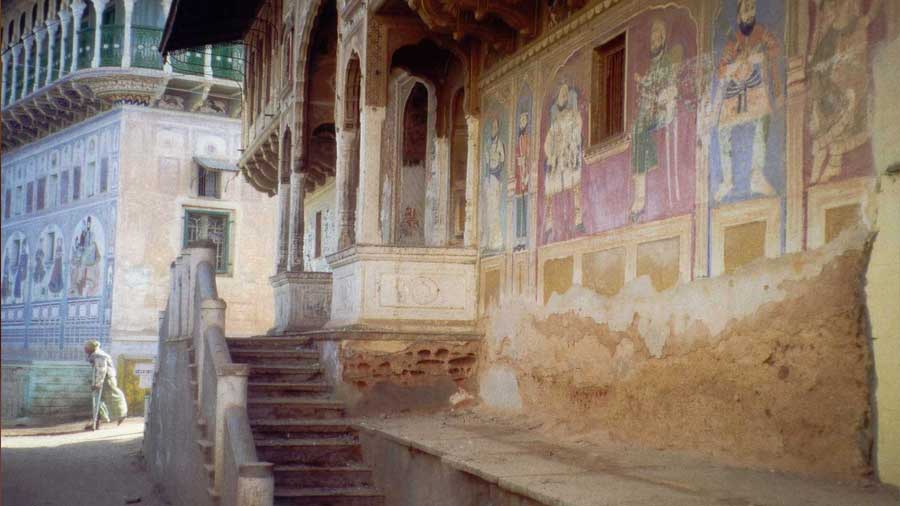
The Rajasthani town of Shekhawati (in picture) inspired Banerjee’s fictional village of Bannod
Wikimedia CommonsYou have consistently made thriller your genre. What is about it that attracts you? And what do you think of the genre in India?
Macabre as it may sound, evil fascinates me. What goes on inside the head of a cult leader? What makes a person control and destroy another person? Is evil born or is it a product of circumstance? In the stories I write, I try to work with complex characters and twisted machinations. I enjoy creating tension and suspense; constantly thinking how to make the reader sit on the edge of the seat and gasp.
I don’t agree that we don’t do thrillers well in India. I think in recent times, there are some very well-written thrillers by Indian authors. Vedashree, Richa Shrivastav Mukherjee, Richa Lakhera, Rickie Khosla have written racy, nail-biting thrillers. The biggest challenge for thriller writers in India is language. When I’m writing about cops and criminals, I’m writing in English but these characters don’t speak English. They converse in Hindi, Bengali or whatever is their mother tongue. To portray the character, their life, who they are, in English is a challenge and if I insert too much of the local language, it seems odd.
To know about police procedures, I have a few friends who are cops and I rely on inputs from them. Of course, there’s Google and then one learns a lot about the ways of cops from various web series on OTT platforms.
Who are the authors who influence you, whose writings you look up to in this genre?
Mary Kubica and her books have influenced me immensely. The way she uses narrative and tone of voice, shuffles between present and past, I find that fascinating. Lisa Jewell and Alice Feeney are my current favourites. Needless to say, Gillian Flynn tops my list. I read their books again and again to teach myself to hone my craft and write better.
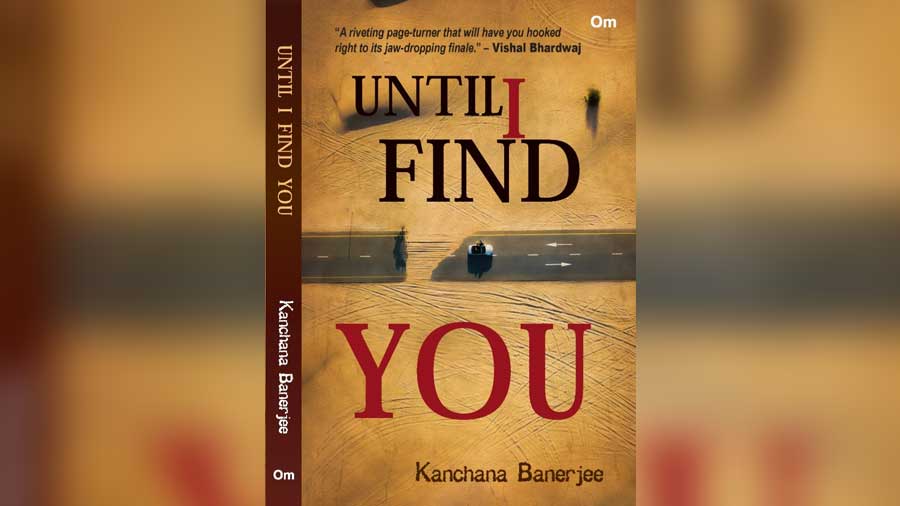
What next? Do you intend to continue to write in this space? Or do you want to try your hand out at something else?
For now, I want to write thrillers. I have a few ideas that I want to work on. Sometime later maybe, I would like to write a relationship drama set in Kolkata of the 1970s and 1980s; recreate the city of my childhood. There is also a historical figure who has held my fascination for years and I would like to write about that too but for now it is thrillers. I have started writing my fifth book — also a thriller.



